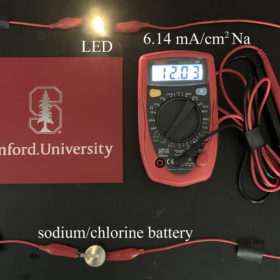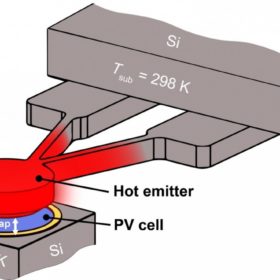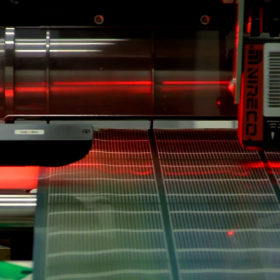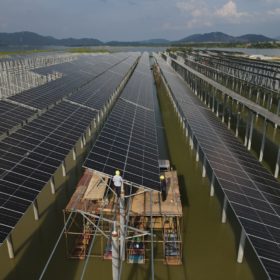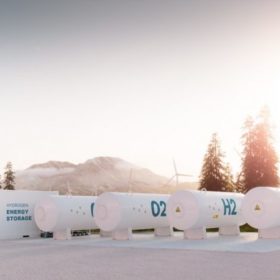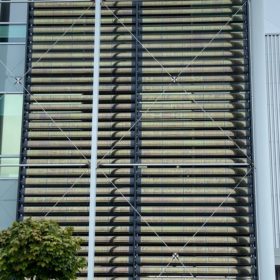New alkali metal-chlorine battery promises 6x energy density
Scientists in the U.S. discovered a promising new battery chemistry based on chlorine and table salt. Batteries based on this chemistry can achieve at least six times the energy density of today’s lithium-ion batteries, according to the group that created it. The prototype battery could already be suitable for small devices such as hearing aids, and with further work could be scaled up to larger applications.
Novel approach for thermophotovoltaics promises higher efficiencies
U.S. researchers have proposed a new approach to fabricate solar thermophotovoltaics (STPV) with higher power densities. The novel technique consists of reducing the distance between the emitter and the solar cell to a nanoscale.
Novel battery chemistry for zinc-ion batteries
Scientists have demonstrated a zinc-ion battery that overcomes many of the challenges for this technology. By working with a highly-concentrated salt solution as the electrolyte, the group was able to achieve stability over more than 2,000 cycles combined with a strong electric performance. The group says that its work opens up “a viable route to developing aqueous batteries for emerging electrochemical energy storage applications.”
Single crystal perovskite solar cell with 17.8% efficiency
The solar cell was manufactured with crystals that were grown directly onto indium tin oxide (ITO) substrates covered with hole transport layer (HTL). These substrates have a controlled thickness of tens of micrometers and area of tens of mm2. The device showed an efficiency of 17.8%, a short-circuit current of 21.0 mA cm−2, an open-circuit voltage to 1.08 V, and a fill factor to 78.6%.
Solar park under construction at Chinese fishery
A 50 MW unsubsidized solar PV plant is being developed by Chinese mounting system provider Chiko Solar at a fishery in China’s Jiangxi Province.
Climate Change AI unveils US$2 million grant program
Artificial intelligence is already demonstrating its climate change chops, for example by analyzing satellite images to better detect and monitor methane leaks from fossil fuel infrastructure.
Chinese PV Industry Brief: Trina shipped 10.5 GW of modules in H1
Moreover, the Chint group said its PV plant fleet in China has reached a combined capacity of 6.54 GW and project developer China Shuifa Singyes said high polysilicon prices and Covid restrictions had caused a revenue drop.
The Hydrogen Stream: 2 GW green hydrogen project in Chile, new push from South Korea
Furthermore, the Indian government is proposing to mandate using green hydrogen in fertilizer and refining and Japanese automotive manufacturer Toyota wants to assemble integrated dual fuel cell (FC) modules in the United States.
Cheapest long-duration storage for systems with high renewables
National Renewable Energy Laboratory researchers have studied which tech offers the lowest levelized cost of energy to provide the US Western Interconnection grid with electricity when wind and solar are not available. They assumed 85% renewables penetration and determined that geologic hydrogen storage and natural gas combined-cycle plants with carbon capture storage are the cheapest options for 120-hour discharge applications.
Photovoltaic sunshade based on perovskite solar cells
The phovoltaic sunshade was deployed on the facade of a factory owned by Polish aluminum system provider Aliplast. The movement of the PV blinds is regulated by a controlling system linked to a weather station installed on the roof.
